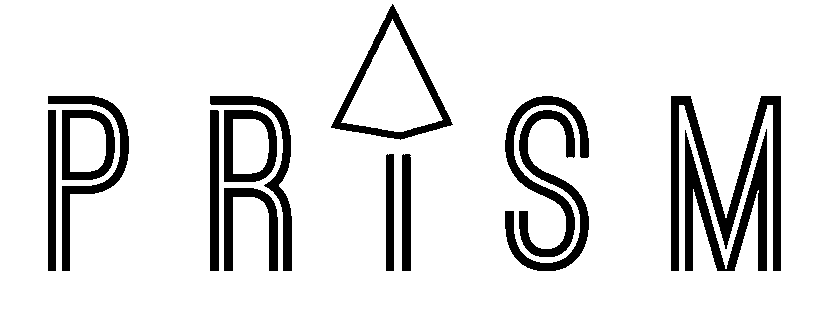

Mindfulness
Mindfulness is not about emptying the mind but about creating clarity, spaciousness, and peace within it. By practicing regularly, you cultivate resilience, compassion, and a greater sense of presence in all areas of life.
The brain is like a muscle—and so is the mind. Both require care, training, and periods of rest. In today’s fast-paced world, our minds are constantly stimulated and pulled in countless directions. The pressures of daily life often create intense mental activity that, over time, can strain not only our inner well-being but also our physical health. Mindfulness offers a way to restore balance, giving the mind the repose it deeply needs.




Guided Audio Meditations
Private and 1-on-1 Sessions
Mindfulness in Motion
Accessible anywhere, these sessions with Karla and DTO are designed to help you slow down, focus inward, and reconnect with yourself.
Personalized practices that meet you where you are, whether you’re new to mindfulness or looking to deepen your existing practice.
Through yoga, breathwork, and intentional movement, we create space for your mind and body to align.
